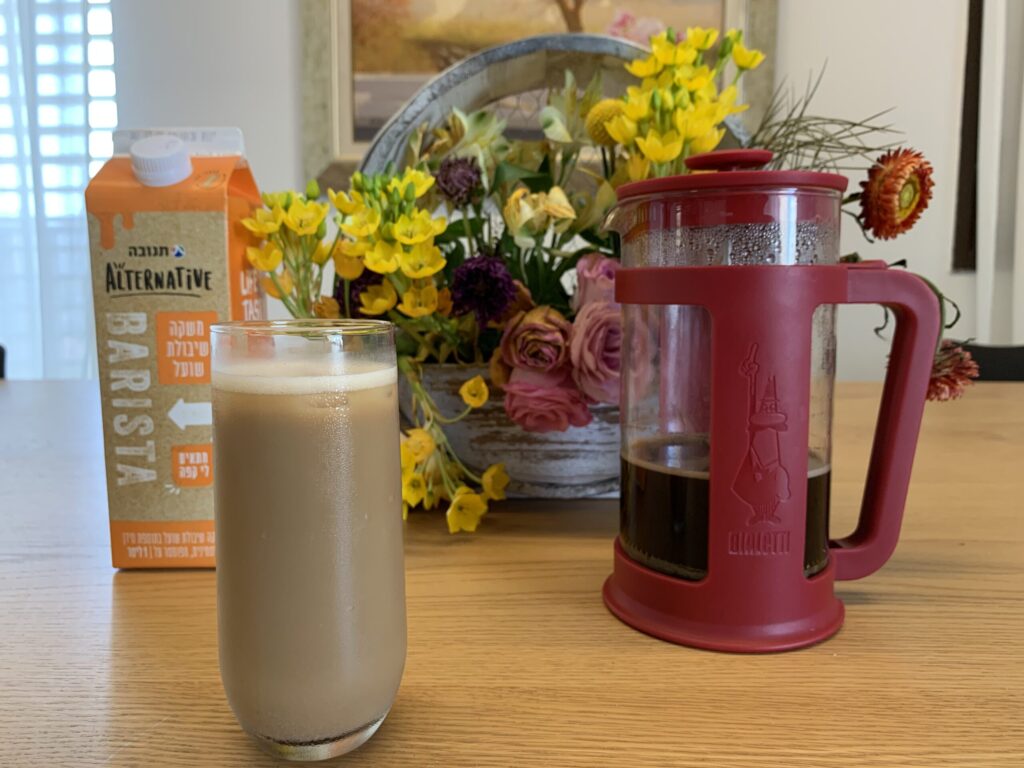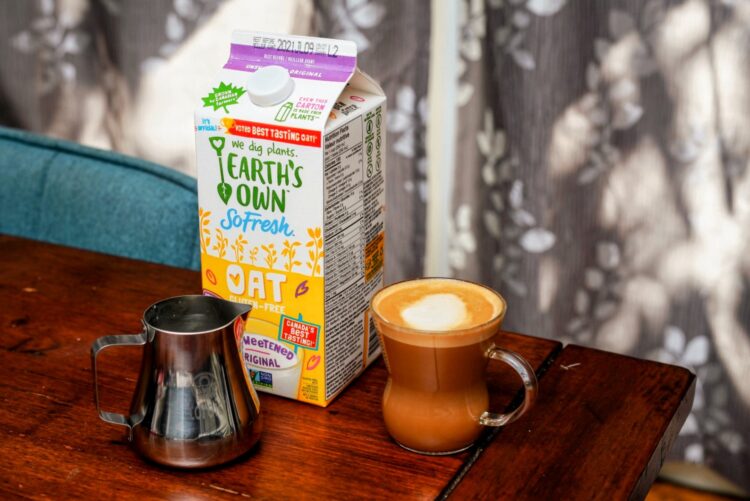Somewhat greater than two years in the past, I noticed I have to cease ingesting cow milk. Deciding which plant-based milk ought to substitute it was a call that was inherently about what would work finest with my espresso, as espresso is the primary cause I drink milk. The CoffeeGeek crew has been masking the rising pattern of plant-based milk within the specialty espresso world fairly extensively lately, and I assumed I’ll add my very own two cents on the topic.
I’ll start with a number of disclaimers: I normally drink French press brewed espresso at dwelling, and espresso based mostly drinks with milk when out in a café; my most popular taste palette is full and chocolaty. So, my suggestions are based mostly on my expertise with these parameters. However often, I do partake in different brewing strategies and flavors, and my conclusion has all the time remained the identical.
What’s that conclusion? Oat milk, folks. Oat milk for the plenty. From any standpoint—how good it tastes with espresso, how properly it mixes with espresso, and its environmental affect. I’ll get into the traits that make oat milk the right plant-based milk companion shortly, however first, I wish to undergo different varieties of plant-based milks I attempted on my technique to oat. In fact, all suggestions include the caveat that it’s all the time higher to buy the “Barista” editions of plant-based milks if you happen to goal to make espresso with them.
Soy
Soy milk is perhaps essentially the most generally identified of all plant based mostly milk options. A minimum of it was, a little bit greater than two years in the past. Nevertheless it was utterly off the desk from the beginning. I used to drink cappuccinos with soy milk at my first job as a barista, however I used to be fifteen again then, not used to the style of espresso, and my palate has been refined since then.
Most soy milks available in shops have a pure sweetness that overtakes and ruins the fragile steadiness of flavors in any sort of bean, mix, roast, and brewing technique. These days, there are numerous varieties of soy milks with diminished sweetness, however nonetheless, the soybeans themselves are fairly candy (have you ever ever consumed edamame with no salt on high?) and there may be little or no you are able to do to make espresso with soy milk not style such as you added sugar to it—which is simply not my factor.
Soy milk is sort of straightforward to froth correctly in comparison with different varieties of plant-based milk, and its consistency desirably heavy, so actually all of it comes right down to its style, which is solely not for me.
Almond
Almond milk was one thing I attempted for some time and utterly gave up on. Almonds are simply…too watery to switch cow milk (I drink complete), they usually’re virtually not possible to froth correctly.
For me, they’re too bitter. After each sip of a espresso drink that contained almond milk, I used to be left with a barely noticeable but disagreeable aftertaste that informed me one thing was simply not working between my beans and my milk. It wasn’t price it, and it didn’t do what I wished it to do. (Admittedly, I haven’t tried ZussyK’s Almond Mocha, so if you happen to do wish to give almonds a shot, I’d say begin there.)
Hazelnut
I don’t have a lot to say about Hazelnut milk besides this: if you happen to by no means, however completely by no means get sick of hazelnut-flavored espresso, that is the plant-based milk for you. I can’t think about such an individual exists on the market however do let me know if I’m mistaken and that’s you. The style is noticeable. It’s dominant. And that’s good if you happen to’re particularly after a recipe that works properly with hazelnut taste, as you don’t want some other components if you happen to base it on hazelnut milk. However if you happen to’re simply brewing your extraordinary cup of espresso and also you’d wish to not be disturbed…I couldn’t do hazelnut repeatedly.
The dominant base taste is the explanation I haven’t even thought-about coconut milk or any kind of plant-based milk with components reminiscent of vanilla or chocolate. These could possibly be enjoyable for one-off particular events, however in the case of utterly changing cow milk they simply received’t do.
Rice
A preferred plant-based selection is rice milk, and particularly rice blended with different vegetation, reminiscent of rice and almond milk, rice and hazelnut milk, and so forth and so forth. Vitariz is an particularly fashionable model that mixes rice with just about something. Many firms who manufacture a number of varieties of plant-based milk, reminiscent of Alpro, will combine and match totally different vegetation collectively to create distinctive and various flavors. These, once more, could possibly be enjoyable to experiment with, however don’t work as properly once you’re after a thick, comparatively impartial substitute to cow milk. Rice milk wasn’t that. Equally to almond, it was simply too watery and got here with a slight aftertaste.
This brings me to oat milk.
Oat

So, why am I such an enormous fan of this grain? In comparison with the traits that deterred me away from different milks, oat milk is creamy in texture, and equally to the style of oatmeal, it’s wealthy but not overpowering and mixes properly with a wealth of flavors and temperatures.
Oat milk froths extraordinarily properly due to a proportion of fats that’s nearer to cow milk than almond and even soy. It has the bonus of containing fiber. And as talked about, its environmental affect is one thing to aspire to. In my search, I used to be after a greater model of cow milk, and I discovered it. Heavy, impartial, and straightforward to work with.
Oat milk is rising in reputation, and so is the variety of model choices. The place beforehand Oatly dominated the market, these days everybody needs in on oat milk. Go forward and check out.


